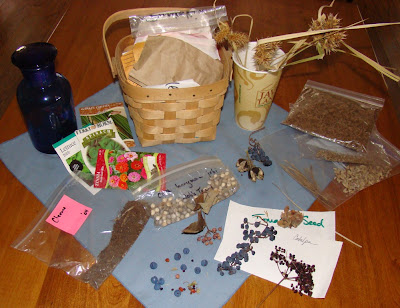The recent cool temps in the Miami area had the locals in a tizzy. Most homes and apartments have no heat, what-so-ever. Normally the tropical climate makes it nearly impossible to live without an air-conditioner, but several days last week with highs in the 40's and 50's set all kinds of new cool-weather records.
 And this is where the iguana comes in. Behold the non-native reptile common in the pet trade, and food source to some South American peoples. Like other invasive species, they have escaped captivity and found the local area rather hospitable. Their populations have swelled to numbers which negatively impact the flora and fauna of southern Florida and the Keys. It seems the iguanas have really taken a liking to Florida.
And this is where the iguana comes in. Behold the non-native reptile common in the pet trade, and food source to some South American peoples. Like other invasive species, they have escaped captivity and found the local area rather hospitable. Their populations have swelled to numbers which negatively impact the flora and fauna of southern Florida and the Keys. It seems the iguanas have really taken a liking to Florida.
Only iguanas don't like the cold. In fact, they go into a torpor when the temps drop into the 30's. And as the lizard-like tree inhabitants chill out, they drift off to sleep, which in turn cause them to lose their grip on limbs. Hence, raining iguanas. Recently media covered this cold snap on the national news, and the iguanas found lying on the ground.
So what happens when someone collects a car-full of frozen iguanas, and then they all thaw? Yeah, follow that news link above to find out!

JJ Soski discovered this iguana flat-out beneath some shrubs on Biscayne Key. Was it in total torpor, or had this one passed on to death? It showed no signs of rigor mortise, but JJ protested that rigor mortis reaches maximum stiffness after 12 hours, and gradually dissipates after that. Yes, JJ is full of these bizarre and unusual scientific facts, it seems to be her specialty.
 We decided to place the guy back under his tree in case he did survive the big sleep. But, interestingly enough, several birding groups were advising folks to kill the iguanas if they were found. What? Does that seem a bit harsh?
We decided to place the guy back under his tree in case he did survive the big sleep. But, interestingly enough, several birding groups were advising folks to kill the iguanas if they were found. What? Does that seem a bit harsh?
Iguanas are an invasive species, one that many parks do try to control. Some say they crawl about eating the eggs and young of native birds. Others claim iguanas eat the Yellow Nickerbean, Caesalpinia major the host plant to the federally endangered Miami Blue butterfly. Since they are mostly herbivores, there may be some fiction mixed in with the facts. Either way, it does seem strange to go about saving invasive species, and yet I could not bring myself to do it harm.
Our policy was not to interfere and let Mother Nature take her course; she is a whole lot smarter than me.



 How did you like that? Wanna see some more?
How did you like that? Wanna see some more?








 All the trips are good! Seriously! If you want to bird the Sunshine Corridor will be good, as Jason Larson and Pete Whan both bird and botanize. Paul Knoop and McKee are AMAZING birders and his place is private preserve too. This is a brief opportunity to see something very special.
All the trips are good! Seriously! If you want to bird the Sunshine Corridor will be good, as Jason Larson and Pete Whan both bird and botanize. Paul Knoop and McKee are AMAZING birders and his place is private preserve too. This is a brief opportunity to see something very special.










 We decided to place the guy back under his tree in case he did survive the big sleep. But, interestingly enough, several birding groups were advising folks to kill the iguanas if they were found. What? Does that seem a bit harsh?
We decided to place the guy back under his tree in case he did survive the big sleep. But, interestingly enough, several birding groups were advising folks to kill the iguanas if they were found. What? Does that seem a bit harsh? 






